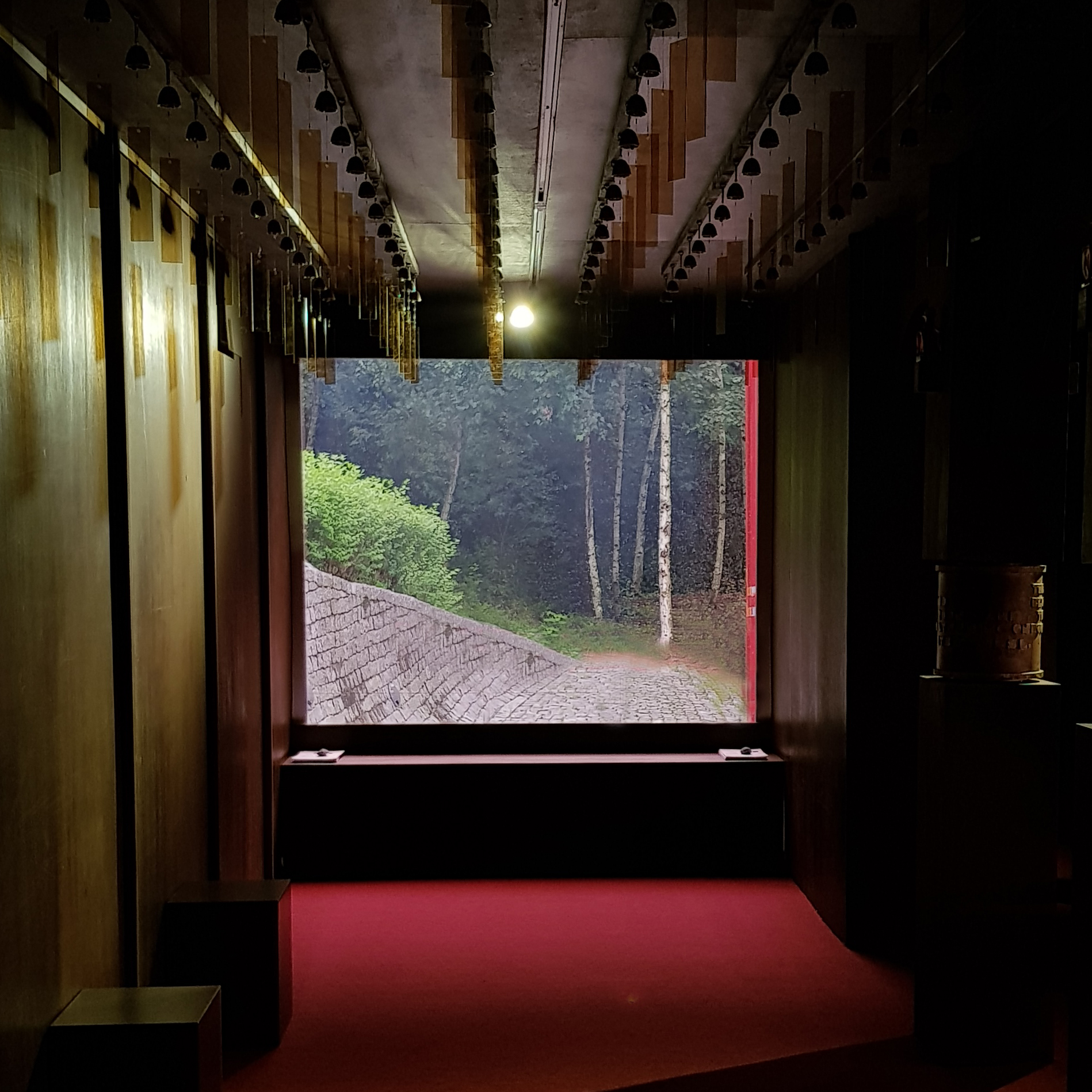Shin Seung Ryul is a scenographer who captures the spirit of the times and interprets the texts using space and time. Shin discovers and interprets the principles of life by organizing space while pursuing an invisible construction of space. His space is finally completed and established by breaking down the boundaries and the artist shows new thoughts and experiments that overturn the existing rules of space.His major works include The Nomad Theatre Project, Gobi City, Poetic Theater, and The Memoirs of Wanderlust. He is currently working on seeking possibilities to expand the concept of space in order to present Poetic Theater to the audience in urban spaces or in nature getting out of the black box.

1. Please introduce yourself and your work.
I’m a scenographer Shin Seung Ryul. Working for the stage work, I build both visible and invisible elements of performance in space. Among my major works are Wind Theater, showcased in the project Random Access at Nam June Paik Art Center, and Poetic Theater, produced by the Wooran Foundation.
2. How did you find it to take part in Random Access?
It was a real pity that the exhibition was open for a short period of time due to the unexpected COVID-19 pandemic. But as an artist who explores space through stage art, this exhibition was a precious opportunity to bring up new questions and thoughts.
3. As a scenographer, you subvert the relationships surrounding the medium of stage, and the ules of the conventional stage, so as to blur the boundaries among stage, play, audience and performer. I think this is somehow in line with the artist Nam June Paik, who produced participatory work that broke down the barriers between existing genres and media and the distinction between creator and viewer, producer and consumer, and artist and visitor in the media system. Which part of you do you think is personally or artistically connected to Paik?
Paik is such a great artist to me. I already feel embarrassed to relate myself to him. I have just kept asking myself, “Why?” in the midst of prejudices of theaters and performances every moment. It seems my small attempts to put into practice the process related to the question have led to my work.
4. Tell us more about what you showed in Random Access.
Wind Theater took the motif from “manicha,” a cylindrical prayer wheel on which Buddhist scriptures are written in Tibetan Buddhism. I once saw people standing in a row around several axes of the cylinders while continuously spinning them and getting out of the temple.
This sacred act is a promise and prayer of mercy and love for a life in which Tibetans had to move from place to place along the stars for a living without knowing how to read and write. In addition, it is a divine reflection of Tibetans who believe the wind created by physical power generated by the force is the subject which reads the scriptures.
Watching this prayer wheel operating based on this reflection, we experience the extension of the wind into another dimension of space by making it always exist within us.
I hoped to communicate and connect to the audience by bringing the space of theatre where numerous layers of space exist to Eum-Space through Wind Theatre.
My earnest wish is that many senses delivered by the Wind Theatre can read our hopes and prayers and bring comfort to our unpredictable lives in the middle of the pain of our times.
5. Could you tell us about the activities you have engaged in since Random Access and about your future plans?
I’d like to continue my work, aiming to delve into my questions about theatre and to recognize theatre from a new point of view. I am planning a project on Nomad Theatre, which I worked on when I was an artist-in-residence at Incheon Art Platform.
6. Do you have any comments or episodes you would like to share about Random Access?
Nam June Paik Art Center gave me the opportunity to have a wonderful time working with my most favorite performer Na Kyungmin in this space Wind Theatre. But I couldn’t meet the audience due to the coronavirus pandemic, and the performance was presented only in video. Hopefully I will be able to meet the audience in person instead of the video someday.





